1973 Kawasaki Z1 900 sells for a world record of US$55,000 at Mecums on 26th of January 2023 here (That’s $55,000 including buyer’s fee, the hammer price was $50,000). What does this mean for Kawasaki Z1 900 prices and does it impact all Japanese classic motorcycle prices? It certainly means that Kawasaki Z1 900 prices are long overdue some serious increases. I wrote about this impending price rise exactly a year ago in this article 2021 Return on investment for classic motorcycles in the paragraph called Honda, Kawasaki and Laverda. The reasons for this type of price rise are clearly stated in that paragraph and are still true today. I never expected to see prices hit these heights in one year, especially for a machine which has hardly any genuine parts on it. I have been meaning to write another article about the export markets snapping up the genuine examples, to expand on this article I wrote in August 2021 as European classic motorcycles prices are rising due to export demands. There is a great opportunity right now to invest in Japanese classic motorcycles, as the US investors will start importing from the UK forcing prices upwards.
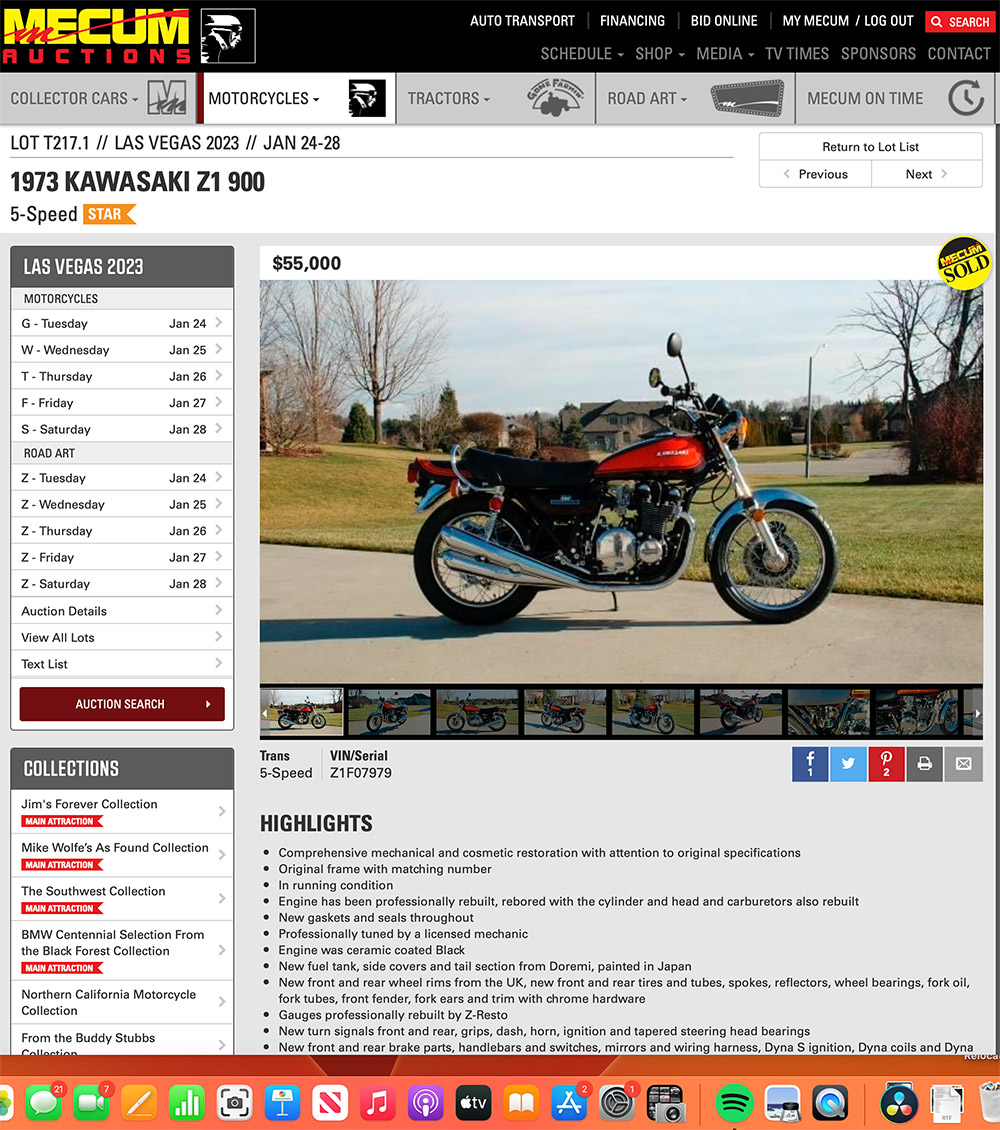
Kawasaki Z1 900 investment
Kawasaki Z1 900 investment is varied, like Honda’s CB750K series, they offer a diverse range of similar motorcycles at wildly varying prices. Starting with the most expensive examples moving down to the least expensive below. The most valuable of the Z1 900 range starts with the first 1200 1972 machines. These are a collectors’ dream as they were extremely rare to start with and were almost prototypes. They are covered with almost impossible parts to source today ranging from the cylinder head, inlet manifolds, ignition coils, the colour is different to later examples, many components have coded production date stamps and many other parts. Very few of these retain their unique parts, so a genuine example is a serious collectors’ dream and will deliver magnificent profits once the US classic motorcycle market discovers them. The next most expensive is the other 3,650 1972 built machines, which are very different from the other machines built between January 1973 and August 1973. The entire production of Z1 900s built until the end of 1972 was a total of just 4,850 motorcycles. Very few are left in original condition, probably only about 800 left, because owners upgraded them with parts from later machines which were better. These two 1972 models were available only in the root beer and orange colour scheme. They are highly prized and will become extremely valuable in the future, there is a window of opportunity now before they all get snapped up and sent abroad. The next most expensive model is the 17,291 of the 1973 machines, like the one which sold for US$55,000. The next most expensive model is the 1974 Kawasaki Z1A 900 of which they built 22,000. Then there was the 1975 Z1B of which around 22,000 were built. Then you had the Z900A4 and A5 over the period 1976 to 1977 and they built loads of these. The Kawasaki Z1 900 investment which will deliver the greatest returns is the two 1972 models, but definitely buy from an expert as there is a lot to know and understand about these machines.
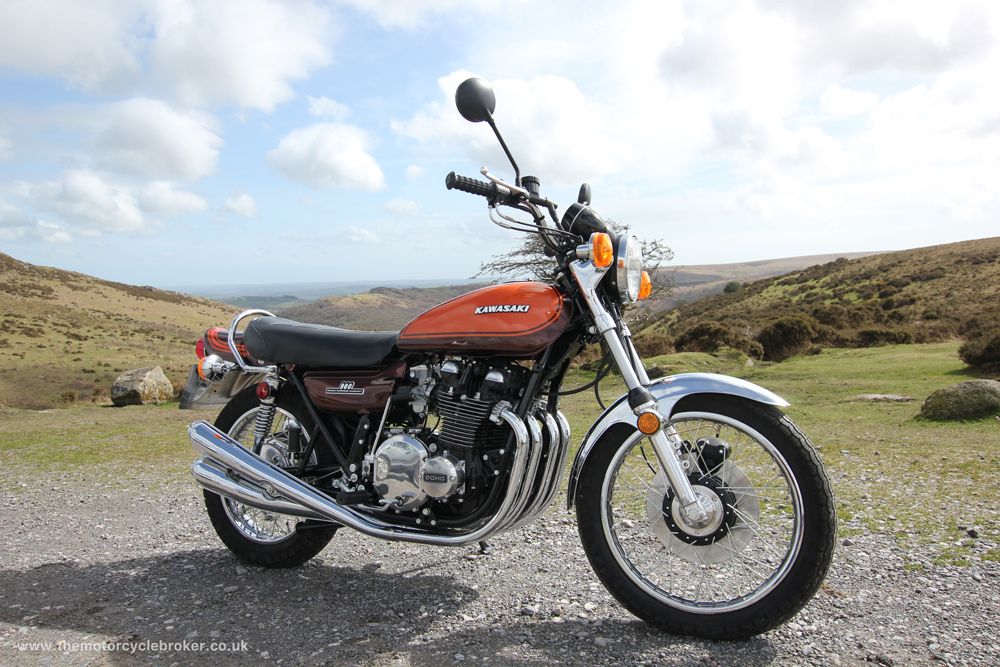
The US classic motorcycle market
The US classic motorcycle market is still enamoured with dazzling sparkly machines, but the top end of the market is not impressed with such inauthenticity. The top end of the classic car market is not impressed by inauthenticity either, when there are investment grade examples to be snapped up. Many motorcycle buyers are from the lower end of the classic car market, having been priced out of cars, and are looking for the shiniest example. They don’t know about coded date stamps on wheel rims, powder coated frames and restoring genuine parts when there are shiny cheap replica parts available. Once those parts have been discarded on that restoration, they can’t be replaced. For decades, America has been exporting their Japanese classic motorcycles to Europe and Japan, leaving only the worse examples, in general. Many businesses are picking up the incomplete Japanese classic motorcycles that are left, buying replica parts and making shiny restorations which sell well at Mecums. These are not investment grade classic motorcycles, there is a market for them, but they will never deliver the returns that investment grade classic motorcycles will deliver. Just look at the classic car market for reference, will a buyer of a Ferrari GTO pay US$70,000,000 for a car which has had all the impossible to replace parts swapped out for shiny replica items, or will they pay that price for an inauthentic shiny example? The 250 GTO below is not super shiny like the Kawasaki Z1 900 that Mecums got US$55,000 for. Authenticity will always deliver profits as people invest in history and stories, not inauthentic replicas.
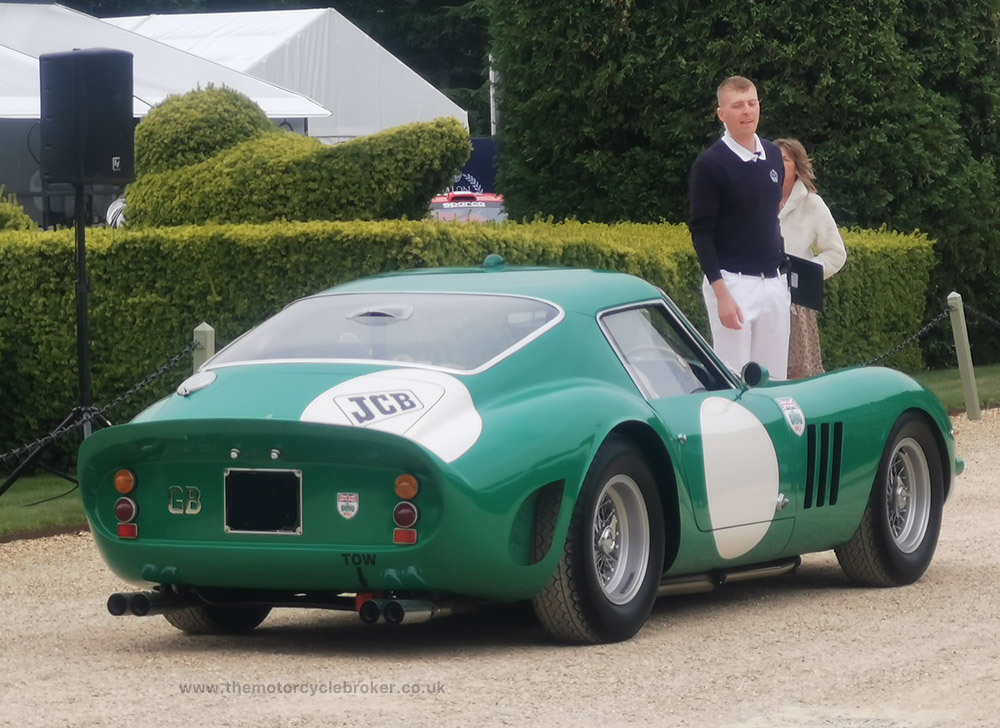
Classic Japanese motorcycles will increase in value
Classic Japanese motorcycles will increase in value due to this one sale, because all of them are undervalued. The iconic Honda CBX1000 didn’t do so well at Mecums, except for one owned by Evel Kneivel. The Kneivel bike is a pointer of where values are heading and it’s worth noting that the cam chains and tensioners had not been done and the bike was not original. That is because there are very few nice ones left as, like Z1s and sandcasts, the best examples have been exported. They are very expensive to sort out and they all need the cam chains and tensioners replacing due to age, as we wrote about in this article here. Once the work is done, correctly, and with the correct parts, these motorcycles are fine for the next forty or fifty years if they’re well looked after. Buyers are worried about sorting these motorcycles out now, but at the price of this Z1, it’s suddenly become quite economical to do the work now. Doing this work now is always cheaper than waiting until sometime in the future, as the cost will not come down it will only increase. When you consider that a 1973 Kawasaki Z1 900 has sold for US$55,000 and a new Fireblade is US$29,000 you can see that classic Japanese motorcycles will end up at twice the price of the modern equivalent superbike. This 1973 Kawasaki Z1 900 sells for a world record for very good reason, it really goes to highlight how undervalued these classic motorcycles are. They will eventually go to three times the price, four times the price and so on. Now is a great time to buy any of the Japanese classic motorcycles, as prices have been due a leg up for some time. If buyers do not pay the required price in Europe, then the motorcycles will go for export and reduce the available stock which will force prices even higher in Europe. It’s a vicious circle of ever-increasing prices which the classic car market has already signalled.
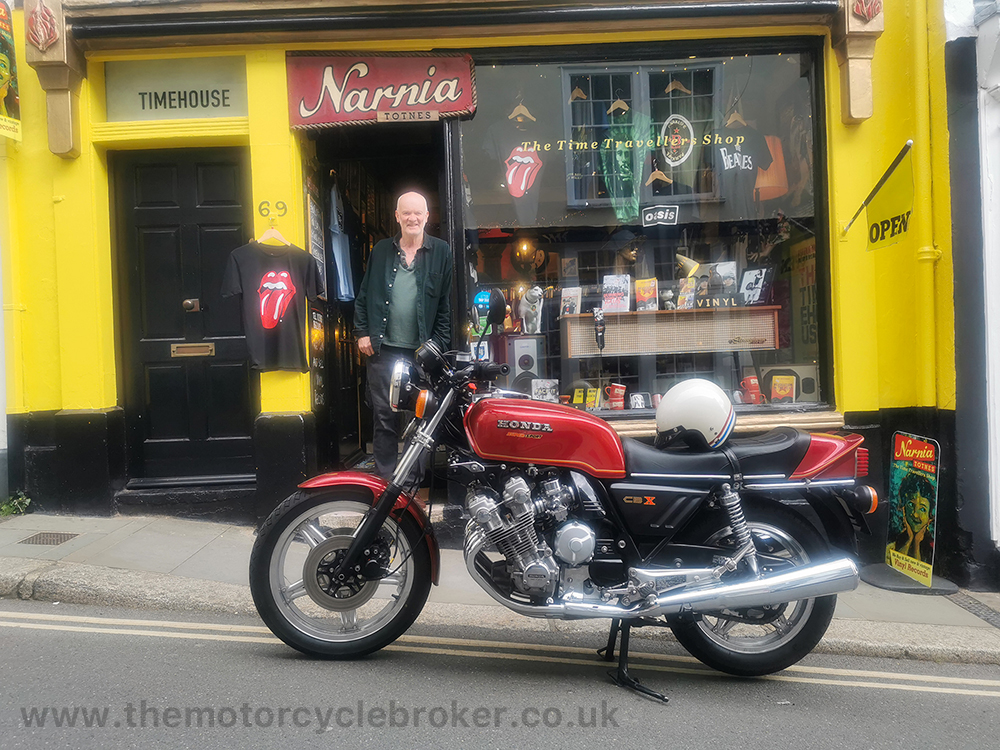
Classic car prices indicate future classic motorcycle prices
Classic car prices indicate future classic motorcycle prices as the classic motorcycle market is still fifteen years behind the car market. This won’t last forever and the sooner you jump in the more you will get for your money. Certain classic motorcycles are really moving forwards and others have an enormous pressure building under them prior to taking off. That is why the 1973 Kawasaki Z1 900 which sold for a world record is not a surprise, as none of this is rocket science. You can see in this article how most classic motorcycles are valued at between less than 1% and up to 4% of the equivalent classic car. The market has shifted away from British motorcycles, except for Brough and Vincent, and into Japanese and Italian classic motorcycles as we predicted in this article in 2015. Classic car prices indicate future classic motorcycle prices because the classic motorcycle market is, surprisingly, still fifteen years behind the classic car market. The bikes will have move to between 20% and 40% of the equivalent classic car value. This only applies to investment grade examples, the rest will hang around on eBay for whatever buyers will pay for them. I’ve been working with car and motorcycle collectors since the mid 1980s and they don’t want to own inauthentic and incomplete classic cars or classic motorcycles. They want investment grade examples and they are happy to pay for them. Now is the time to buy investment grade classic motorcycles, the concept has now been well and truly proved and demand is constantly increasing by the day. If you want to safely invest in classic motorcycles call The Motorcycle Broker.
- Most collectible Ducati 916 SP - June 20, 2024
- Classic Motorcycles: To ride or not to ride? - June 17, 2024
- Classic Motorcycles: To ride or not to ride? - June 17, 2024

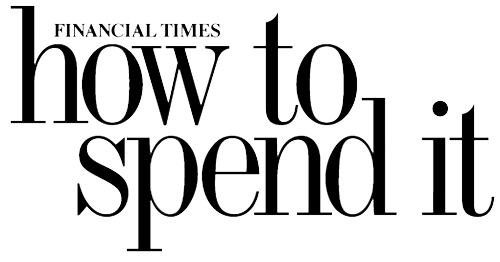


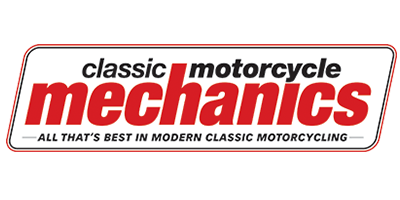



Leave a Reply